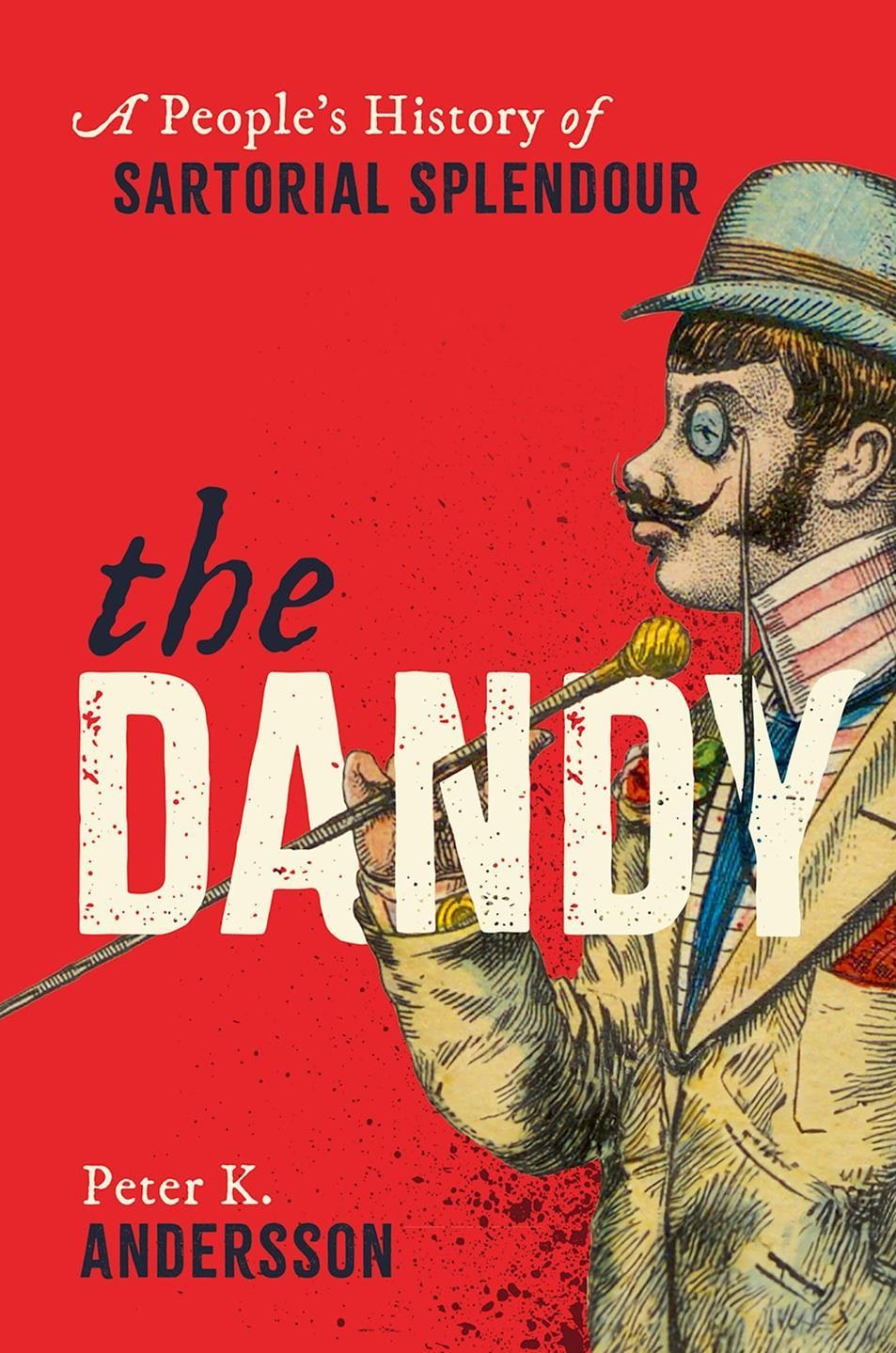This article is taken from the July 2025 issue of The Critic. To get the full magazine why not subscribe? Right now we’re offering five issues for just £25.
I hate the dandy. He comes in many incarnations and goes by many names — fop, flâneur, etc. — but we all know who he is (it is always a he), and, with few exceptions, he is overly styled and insufferably irritating. Encyclopaedic in scope, Peter K. Andersson’s The Dandy traces a glittering arc from Regency affectation to New Romantic androgyny — a tour through two centuries of stylistic defiance and fabric-bound flamboyance.
He invites us to see the dandy not as a languid litterateur or decadent aristo but as a “subcultural provocateur”. He is at pains to relocate dandyism from aristocratic salons and literary circles to the working-class streets and dancehalls where it may also thrive.
Far from being an elite aesthetic retreat, dandyism à la Andersson has been driven by the non-elite or the marginal. From Beau Brummell’s London to the boulevards of Brazzaville, he cajoles a motley procession — the swell, the calicot, the gandin, the zoot-suiter, the mod, the swenka, the sapeur — into a democratic march. At first glance this may seem a refreshing corrective, but doesn’t it come at the cost of clarity? Stretching the definition of dandyism to encompass any subcultural male dress code risks making the term too loose to be useful.
Regardless of Andersson’s egalitarian emphasis, dandyism has always been tinged with an elitist absurdity and a striving for the higher realms. The dandy lives in contradiction — craving attention whilst scorning those who provide it, investing the superficial with extravagant seriousness. His obsession with detail — the knot of a cravat, the angle of a hat brim — often conceals a hollowness beneath the polished precision.

Andersson is not blind to this. Some of his dandies are downright pathetic: men excluded from power who perform elegance as sartorial spite. They become not beacons of style but warnings against mistaking self-presentation for self-possession. For all their tailoring, one suspects many would have been crushing bores at dinner. Wilde is, as ever, the exception: whilst his imitators are the most tiresome of creatures, Oscar himself was surely a captivating table companion.
As an old Africa hand myself, I was pleased to see Andersson cast his Scandinavian gaze toward the Congolese sapeurs. This subculture took a particular turn under Mobutu Sese Seko, the leopard-astrakhaned autocrat of Zaire who advanced a contrived ideology of l’authenticité — renaming the country, banning Western suits and mandating the abacost (from à bas le costume!: “down with the suit!”), a Maoist-inflected tunic.
In reaction, the young men of La Sape — the “Society of Ambiance-Makers and Elegant People” — paraded through the slums of Kinshasa in double-breasted suits and crocodile loafers with speckled handkerchiefs and gaudy canes. The irony is that both sides were dandies, just from different dispositions.
Andersson’s commitment to recovering ignored subcultures is admirable, but he overstates their radicalism. Not every lad in high-waisted trousers is staging a class revolt, nor is every ruffled sleeve or exaggerated stride a meaningful act of resistance. For Andersson, the dandy is always resisting something: colonial humiliation, bourgeois masculinity or middle-class propriety. Far from being cultural prophets, many are simply narcissists with good tailors, and more than a few are reactionaries at heart. The young fogeys don’t fit Andersson’s narrative at all; they are barely mentioned.
In his final chapters, the author wonders whether the age of the dandy is drawing to a close. Modern dandyism, increasingly commodified, risks becoming pure pose — an aesthetic emptied of social force. What was once transgressive — a poor man in a velvet suit, a colonial subject out-dressing his ruler — is now Instagram fodder. It doesn’t matter whether you’re a wannabe-Rhodesian or a Stoke Newington hipster: your pith helmet is tiresome, and that handlebar moustache makes you look like a candidate for the sex offenders register.
Still, for all his faults, the dandy does perform a useful — if annoying — cultural function. When he enters the public square, he drags the social imagination away from drab uniformity. He reminds us that dress need not be merely functional; that elegance, properly wielded, is a form of civilised resistance to mundanity. Dandyism may be exhausting but so is a world in which everyone dresses like a mid-level management consultant.
Perhaps, then, the dandy is like a peacock in an English garden: out of place, slightly ridiculous but somehow agreeable — a reminder that life is not merely to be lived but to be adorned with stylistic grace.











